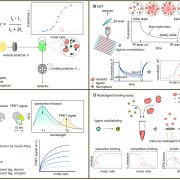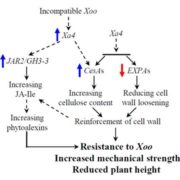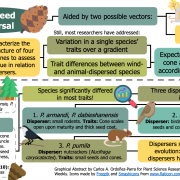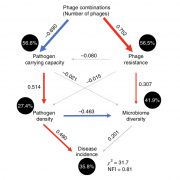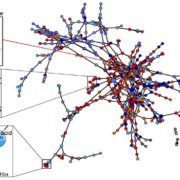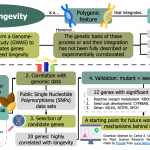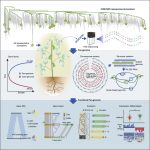A CEP Peptide receptor-like kinase regulates root growth and symbiotic nodulation (Plant Cell)
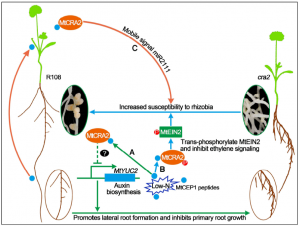 Under low N condition, plants form more lateral roots to facilitate N-uptake efficiency, and legumes such as Medicago truncatula develop more nodules to fulfill plant nitrogen requirements. Since both lateral root formation and nodulation are energy-consuming processes, plants balance these developmental processes, but the regulatory mechanism involved is still a question. Zhu et al. found that MtCEP1-peptide interaction with the MtCRA2 (Compact Root Architecture 2) receptor-like Kinase is involved in coordinating root and nodule development. The authors performed transcriptome analysis of cra2 mutants and showed that under low nitrogen conditions, MtCRA2 inhibits the expression of MtYUC2 (YUCCA2) as well as other auxin transport and metabolism genes thereby modulating the root system architecture. The nodulation phenotype of the ein2 cra2 double mutant and in-vitro phosphorylation assays showed that MtCRA2 can trans-phosphorylate MtEIN2 and inhibit MtEIN2 cleavage, interrupting the ethylene signaling pathway and making plant roots more susceptible to rhizobial infection. The authors propose a model showing the role of the MtCEP1/MtCRA2 pathway in regulating auxin and ethylene hormone signaling pathways to balance lateral root growth and nodulation under low N condition. (Summary by Sunita Pathak @psunita980) Plant Cell 10.1105/tpc.19.00428
Under low N condition, plants form more lateral roots to facilitate N-uptake efficiency, and legumes such as Medicago truncatula develop more nodules to fulfill plant nitrogen requirements. Since both lateral root formation and nodulation are energy-consuming processes, plants balance these developmental processes, but the regulatory mechanism involved is still a question. Zhu et al. found that MtCEP1-peptide interaction with the MtCRA2 (Compact Root Architecture 2) receptor-like Kinase is involved in coordinating root and nodule development. The authors performed transcriptome analysis of cra2 mutants and showed that under low nitrogen conditions, MtCRA2 inhibits the expression of MtYUC2 (YUCCA2) as well as other auxin transport and metabolism genes thereby modulating the root system architecture. The nodulation phenotype of the ein2 cra2 double mutant and in-vitro phosphorylation assays showed that MtCRA2 can trans-phosphorylate MtEIN2 and inhibit MtEIN2 cleavage, interrupting the ethylene signaling pathway and making plant roots more susceptible to rhizobial infection. The authors propose a model showing the role of the MtCEP1/MtCRA2 pathway in regulating auxin and ethylene hormone signaling pathways to balance lateral root growth and nodulation under low N condition. (Summary by Sunita Pathak @psunita980) Plant Cell 10.1105/tpc.19.00428


